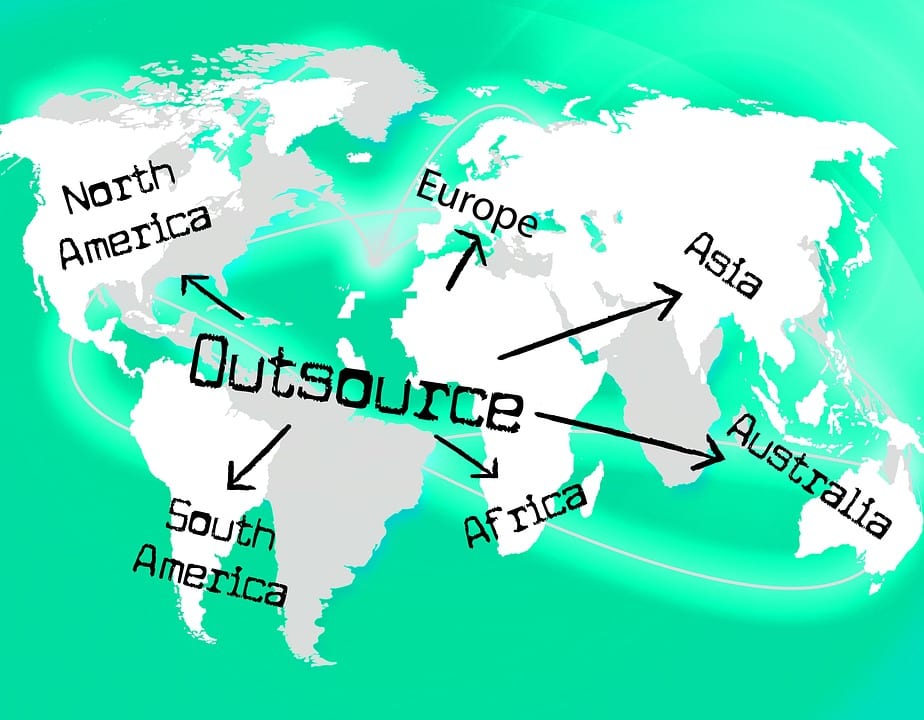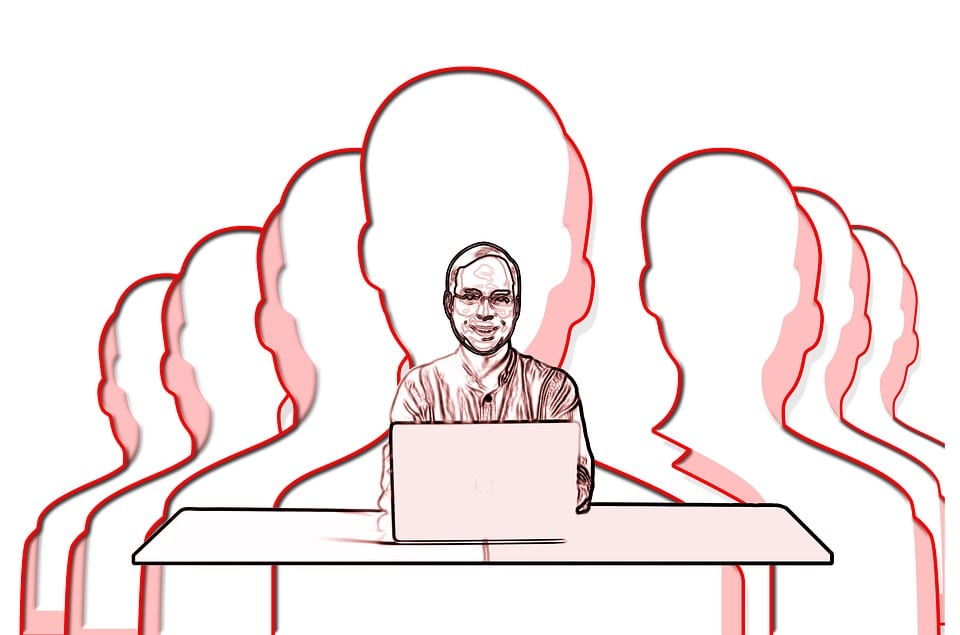8 Outsourcing Trends for 2017 and Beyond
By: Ciopages Staff Writer
Updated on: Feb 25, 2023

What are the Outsourcing Trends for 2017 and Beyond? They are diverse but disruptive. Increased concerns about security, shifting non-core processes to the cloud and even the rise of the microtask could impact outsourcing in 2017 and beyond. As companies become more aware of the ever changing technology available to them, their need for IT and related services naturally increases. By being aware of the latest trends and concerns for enterprises that rely on outsourcing, providers will be better able to cope with a changing landscape and anticipate needs for 2017 and beyond.
8 Outsourcing Trends to Watch in 2017 and Beyond
Continued Focus on Security
As businesses become more aware of the ongoing threats posed to networks, they will continue to seek out security solutions. Between the rise of wearable and medical technology to the increased use of the Internet of Things, both consumers and commercial concerns are becoming more aware and more exposed to risk. Recent breaches that make headlines, from presidential candidate emails to financial data hacks and even ransomware attacks on educational and healthcare facilities mean that clients are more security concerned than ever. Outsourcing network security to a reliable third party can give small to mid-sized organizations increased safety and peace of mind in an increasingly risk heavy environment.
A Resurgence of Insourcing
Insourcing goes in and out of fashion in the IT world. With the current emphasis on cutting costs and streamlining tasks, some businesses are opting for insourcing to save money and time. By hiring a freelancer or specialist to work in-house on a select project for a set period of time, a business can get the job done without going to the expense of hiring a regular employee or signing up for fully outsourced services
Insourcing goes in and out of fashion in the IT world. With the current emphasis on cutting costs and streamlining tasks, some businesses are opting for insourcing to save money and time.
Insourcing is a particularly troubling trend for those who offer outsourced IT services. Since the goal of in sourcing is generally save money, then highlighting the ways that outsourcing can help a business save money could help offset the impact of insourcing. Companies that insource still have an expense if they are hiring an outside person to perform those tasks and may need to purchase additional equipment or software to get those jobs done. Highlighting these expenses and comparing them to the all-in-one solution offered by IT outsourcing could help outsourcers continue to thrive in 2017 and beyond.
The Rock Star Economy
Automation may be popular, but talented, innovative people are more in demand than ever. More talented “rock star” level individuals are opting out of traditional jobs and positions and outsourcing instead. From the outsourced CFO to the outsourced project manager, team leader or HR expert, expect to see more high-end consultants and freelancers offering services in 2017 and beyond.
From the outsourced CFO to the outsourced project manager, team leader or HR expert, expect to see more high-end consultants and freelancers offering services in 2017 and beyond.
Outsourcing talent makes sense for both parties. The innovator with the highly coveted skill set can make more income by offering services to a select group of targeted businesses and enjoy unprecedented levels of freedom. The organization hiring the rock star innovator can reap the rewards of top level advice, creativity, and productivity without the hefty salary and benefits package. Outsourcing also expands the talent search to more countries than just the US and allows businesses a chance to recruit on a global scale.
Focus on Latin America
China and India are still leading the market when it comes to outsourcing, but Latin America continues to provide an ever-growing pool of talented professionals. With a largely untapped market of professionals and the improving infrastructure in Latin America, many businesses are opting to outsource to the south instead of to the East.
Expanded Outsourced Service Offerings
Companies are rapidly becoming dependent upon outsourcers for their IT talent. Cloud solutions, project management, and security are already commonly outsourced commodities – so what’s next? Small to midsize businesses will continue to adapt to the cloud and adopt software as service models that save them time or money.
While outsourcing IT is becoming more mainstream and popular, keeping an eye on other areas that businesses seek to outsource could help you offer supplemental services. Some areas that could experience a growth in outsourcing include:
- Application development: Developing proprietary apps and mobile apps designed specifically for business use or for use by that business’ customers
- Web and mobile development: More customers are recognizing the importance of having a responsive website that performs well on mobile and or outsourcing this task to professionals.
- Application hosting and maintenance: Software developers, Salesforce admins and system analysts will continue to be in demand as companies compete in an ever more tech heavy environment.
- Data center operations management: Service providers including data warehouse architects, data warehouse developers, and data warehouse Q&A professionals could see an uptick in demand in 2017 and beyond.
Expanded Focus on Targeted, Agile Contracts
Enterprises will continue to select vendors and options with care in 2017. Instead of simply purchasing a whole menu of services from one provider, cost savvy organizations will piece and choose the functions and services they need. Highly skilled teams able to perform specific tasks or to function as added support for an in-house development team will be in demand. Businesses may seek to hire teams for specific purposes, rather than accept an ongoing and broad contract in 2017 and beyond.
Revitalized Interest in Automation

The people market may have bottomed out; outsourcing to save money via lower cost workers may have reached its limit for business. As it becomes more difficult to find lower cost people to perform tasks, more enterprises may look to automation to cut costs. Integrating more robotic process automation (RPA) into IT service delivery contracts could yield savings without sacrificing performance or quality. The increased interest and demand of RPA will require IT providers and organizations to remain flexible to better integrate and work together.
Continued Emphasis on Cloud
Expect to see production workloads to continue to move to the cloud; major public cloud options continue to gain popularity. Smaller enterprises continue to learn about the benefits of SaaS and cloud infrastructure and will continue to adapt to this model in 2017 and beyond. SaaS and cloud can help increase revenues, enhance services and allow a business to move forward; SaaS can also help level the playing field for small and mid-sized businesses.
Rise of the Gig Economy

More freelancers and standalone employees in the job market could impact the way businesses outsource. While exact figures won’t be available until May 2017, when the Bureau of Labor Statistics next compiles data on the gig economy, the rise of services like Uber, TaskRabbit and Upwork continues to bring focus on the growing community of one and done providers. Gig jobs are just that – -one task performed for one fee; companies outsource unskilled or highly targeted skilled work to a single person. The work is completed in a single session; while many gig providers are unskilled workers or using creative talents (from artwork creation to voiceover work and music), some providers can and do provide IT services that would otherwise be outsourced. The microtask economy may not compete with traditional outsourcing on a large scale, but providers should be aware of it and be prepared to respond.
From an increased focus on rock star talent to the increased ability to outsource to Latin America and even take advantage of the gig economy in America, the outlook for outsourcing continues to grow and change. Every trend won’t impact every business, but being aware of the changing landscape and the things that may be captivating the imagination and goals of the typical enterprise can help providers and businesses better work together in 2017 and beyond.